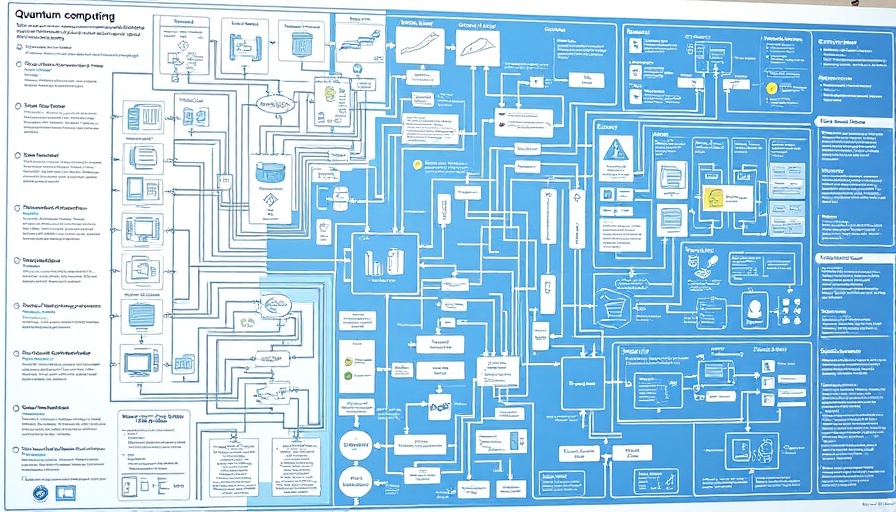
Unlocking the Future of Quantum Computing with Tranqu
In an exciting development from Osaka University and TIS Inc., a groundbreaking software known as Tranqu is set to revolutionize the way users interact with quantum computing. This innovative tool empowers users to select quantum program transpilers—software that translates quantum programs into a format suitable for quantum chips—without being tethered to a specific vendor. This newfound flexibility is pivotal, especially as user objectives and program needs can vary dramatically.
The Dangers of Vendor Lock-In
Currently, users of quantum computing services often face a significant hurdle: vendor lock-in. This situation arises when services from quantum computing providers force users to rely on their proprietary transpilers. As Satoyuki Tsukano, a researcher on the Tranqu project, points out, the efficiency of quantum programs can greatly depend on the transpiler used. Without the ability to switch transpilers according to their specific needs, users could hinder their own computational goals.
Why Tranqu Matters in Today's Tech Landscape
The integration of Tranqu signifies a major step forward in promoting equitable access to quantum technologies. By allowing for seamless transitions between different transpilers, researchers and companies can optimize their quantum programs based on performance results rather than vendor loyalty. This kind of flexibility is crucial, especially in an era when quantum computers are frequently challenged by noise, susceptibility, and numerous other factors that influence the effectiveness of quantum computations.
Future Implications for Quantum Technology
Looking forward, Tranqu is more than just a software upgrade; it is an invitation to innovation across the quantum computing landscape. Anticipated to launch in Osaka University’s quantum cloud, Tranqu will allow users to leverage custom transpilers and adapt to different quantum chip architectures effectively. With this new utility, users will maximize the potential of quantum computers while gleaning insights that could ultimately transform industries dependent on high-level computation.
Conclusion
As quantum technology continues to advance, tools like Tranqu will be essential for overcoming barriers like vendor lock-in. By freeing users to tailor their computational approaches, the future of quantum computing not only looks promising but could also democratize access to cutting-edge technology.
 Add Row
Add Row  Add
Add 




 Add Row
Add Row  Add
Add 

Write A Comment